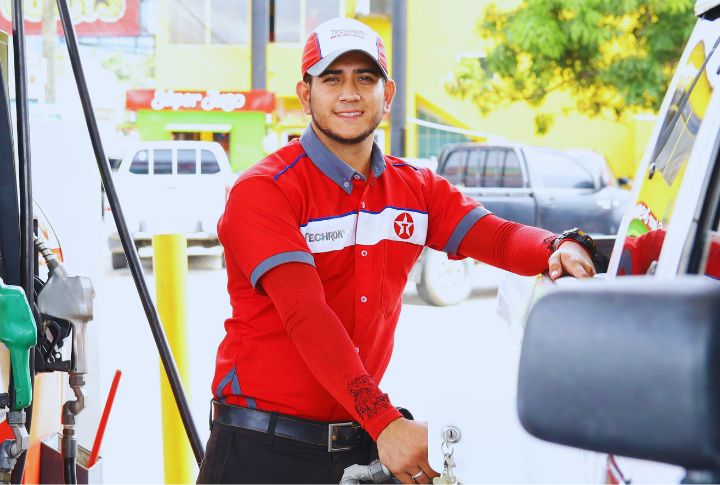
That quick stop at the gas station might be doing more harm than you think. Simple habits you repeat without a second thought can quietly shorten your car’s lifespan or hurt its performance over time. From the moment you grab the nozzle to when you drive off, small mistakes add up fast. Let’s uncover what’s really happening behind the pump and why you’ll want to read through this before the next fill-up.
Topping Off After Pump Clicks Off
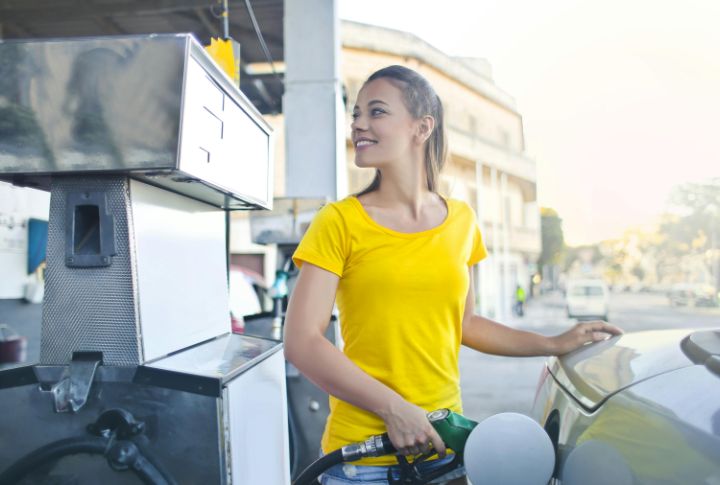
When the pump clicks off, that’s your car’s cue to stop. Forcing in extra gas can flood the vapor recovery system and damage expensive fuel parts. That “just one more squeeze” habit could cost way more than the few cents you’re rounding up.
Refueling While The Engine Is Still Running
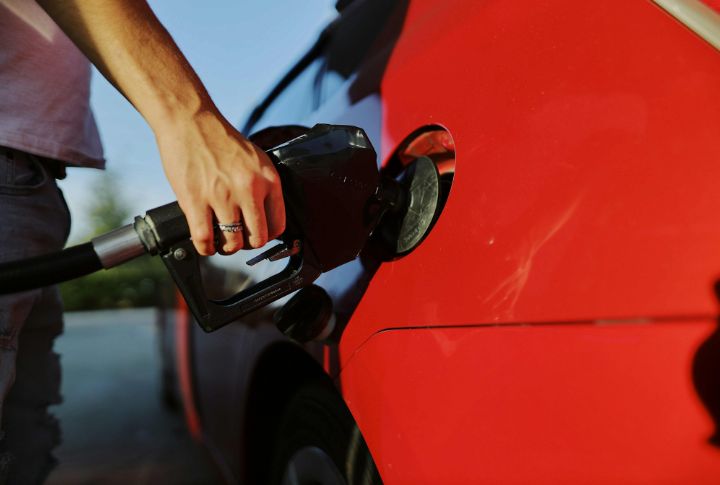
You might think leaving the engine running saves time, but it’s actually a fire hazard. Fuel vapors around the pump can ignite if the motor’s on, and that’s a risk no one needs to take. Always switch it off before refueling.
Using Cheaper Fuel Than Recommended
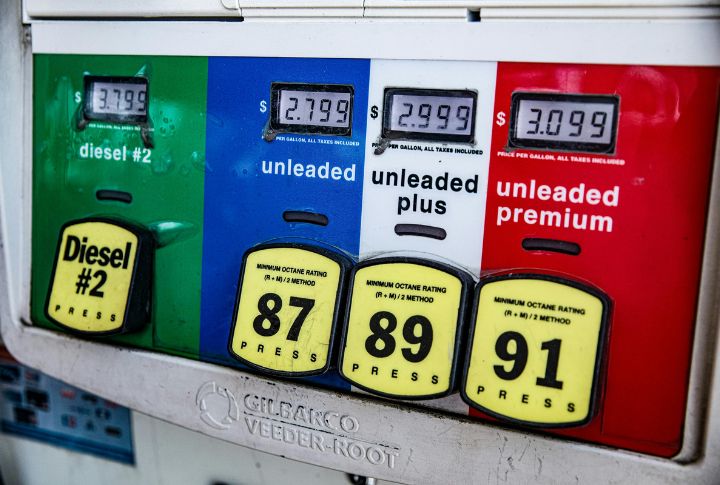
Engines tuned for premium fuel operate under higher compression ratios, which low-octane gas can’t properly support. The mismatch causes pre-ignition (known as knocking), and over time, it strains key engine sensors. Those temporary pump-side savings quickly disappear once you’re paying for performance fixes.
Leaving The Fuel Cap Loose Or Missing
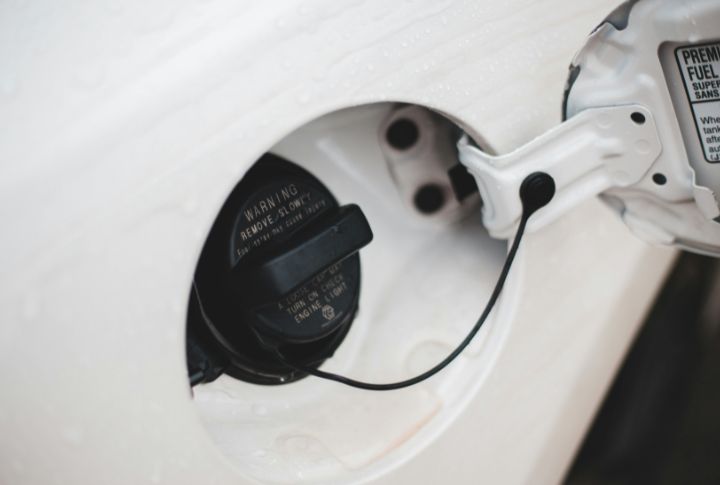
If your fuel cap isn’t secure, trouble can follow. Fuel vapors escape while dirt and debris get into the tank. This affects engine performance and often triggers the check engine light. Just tighten the cap until it clicks to fix it.
Pumping Fuel From Contaminated Nozzles
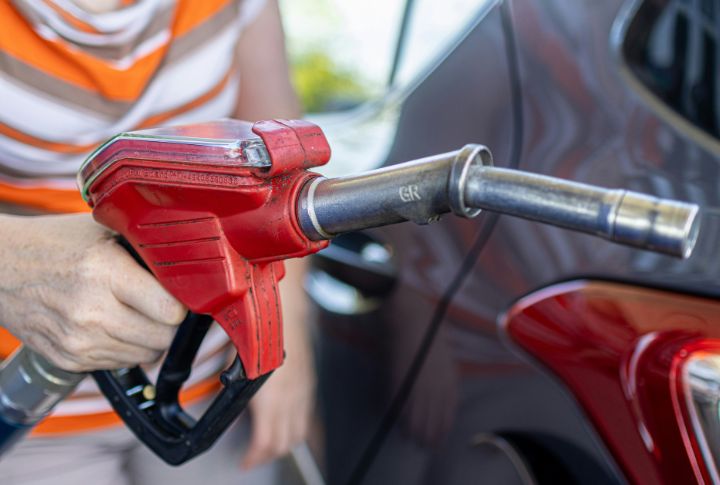
Dirty nozzles can do real damage. When you use one, debris and water can sneak into your tank, clogging filters and hurting the engine over time. If the nozzle looks grimy or smells weird, skip that pump and move to another.
Using Unapproved Containers For Fuel
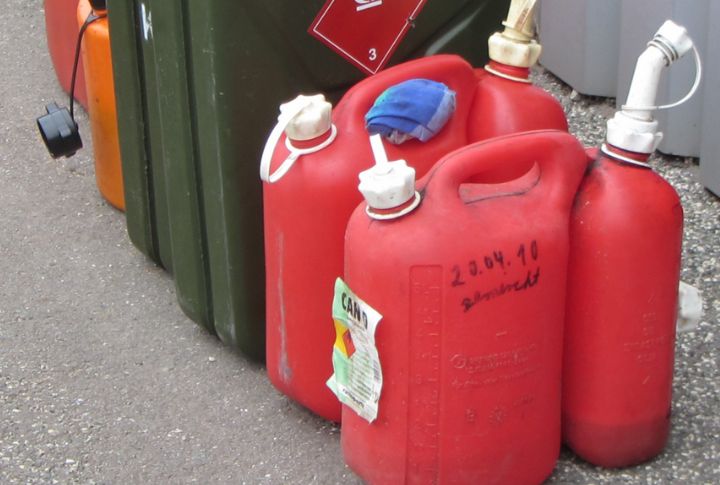
Gasoline requires special handling, and not every container qualifies. Household jugs and bottles can degrade quickly, which can introduce impurities. Approved fuel containers meet safety standards that keep gasoline stable and your car protected.
Re-Entering Car Mid-Refuel Frequently
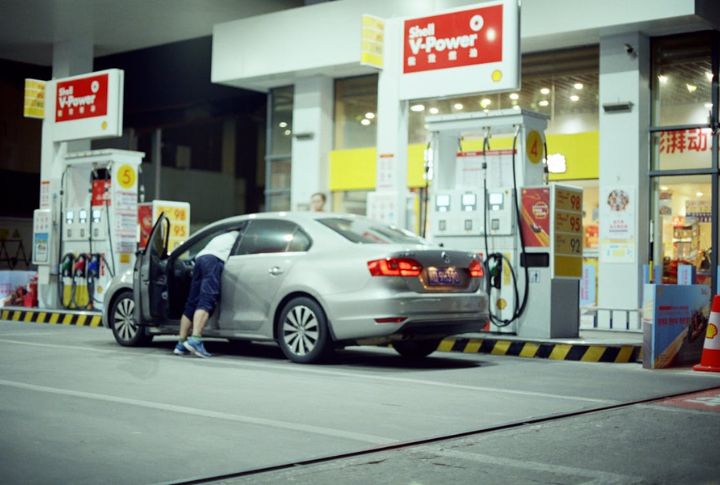
Jumping back into your car mid-fill can actually build static electricity. When you touch the nozzle again, that charge can ignite vapors at the pump. Avoid re-entering the car until you’re done fueling, or ground yourself by touching metal first.
Filling Up While Parked On Incline
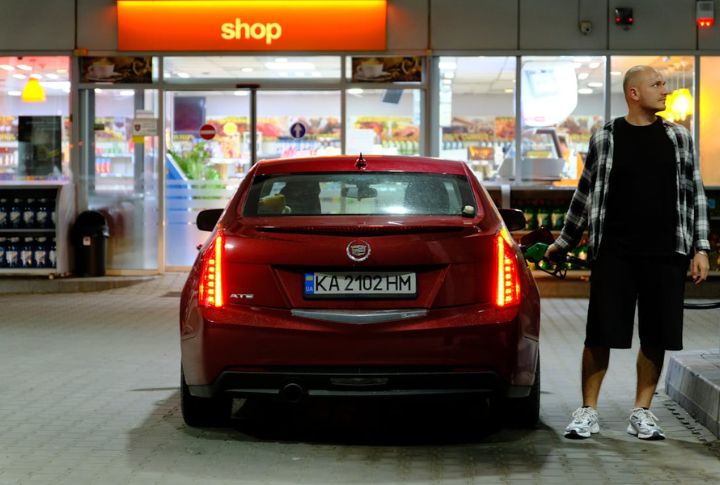
It might not cross your mind, yet refueling on a hill puts the car at a disadvantage. The slant keeps the tank from filling evenly and can fool the gauge into false readings. The safest, most efficient way to refuel is to park on flat ground first.
Refueling With An Overheated Engine
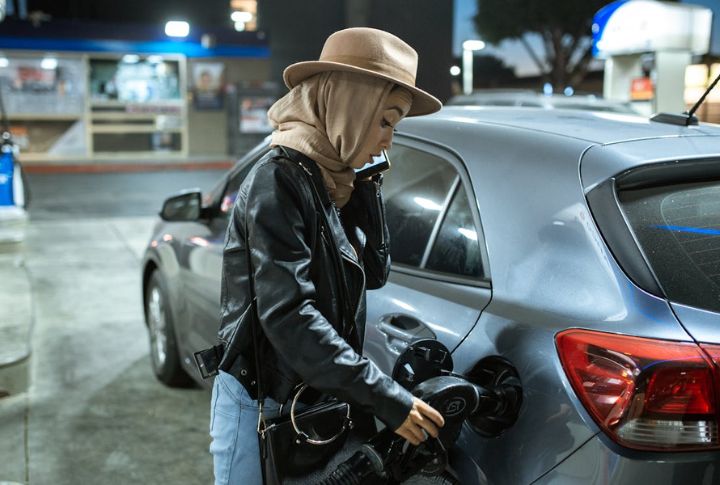
After a long drive, your engine’s still hot, and that heat plus fuel vapors can be risky. Although modern engines handle it better, it’s still smart to wait a few minutes before refueling. A quick cooldown can prevent vapor issues and keep things safe.
Refueling At Low-Quality Gas Stations
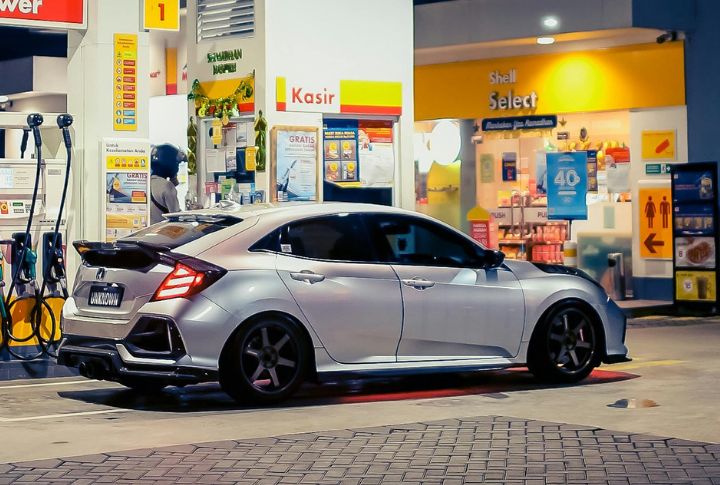
When your car starts acting up mysteriously, the culprit might be hiding in plain sight at those tempting discount gas stations. Like a detective following clues, you’ll find poorly maintained tanks harboring water, dirt, and sediment that infiltrate and corrode your fuel system. The solution? Track down stations with high fuel turnover for cleaner, fresher gas.

